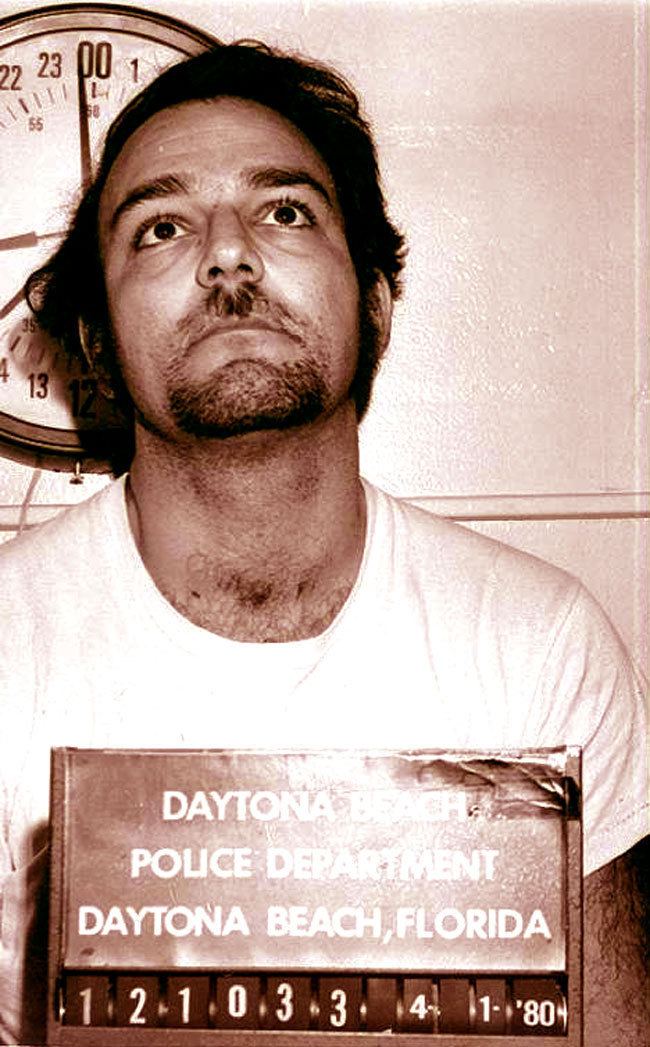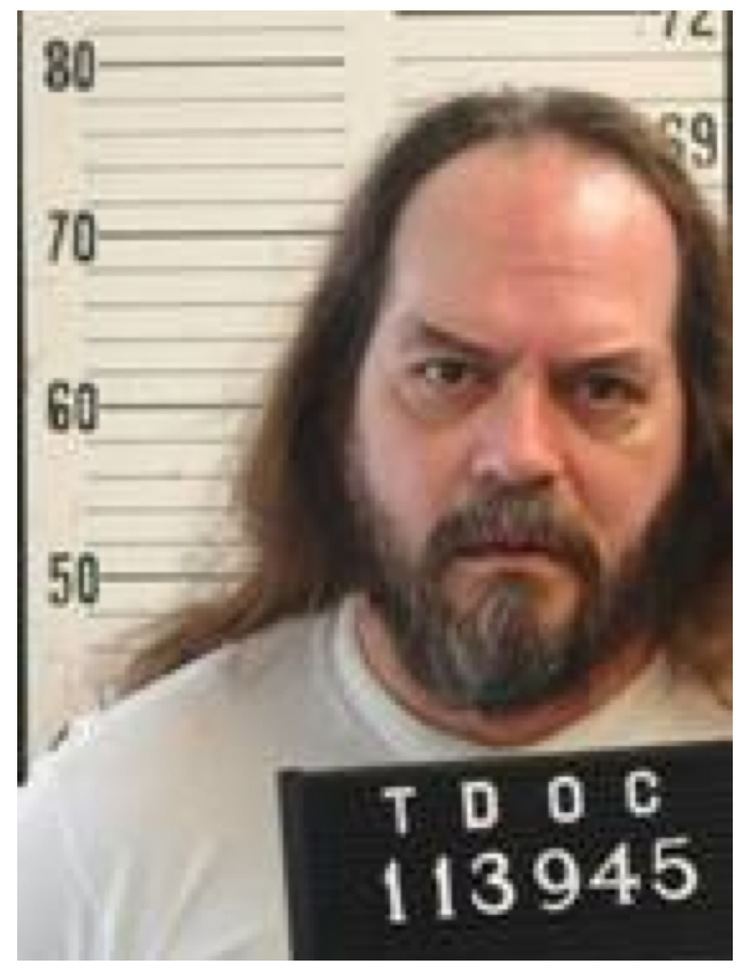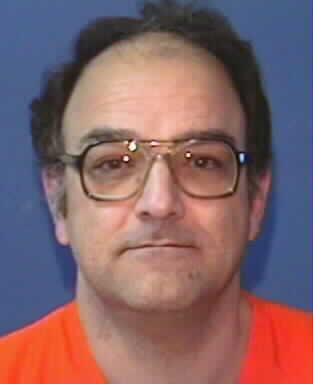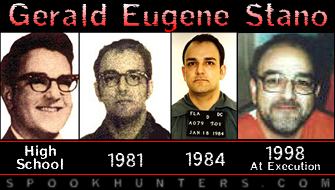Full Name Paul Zeininger Role Serial Killer Cause of death Electric chair Country USA | Date apprehended April 1, 1980 Victims 22-41+ Name Gerald Stano | |
 | ||
Died March 23, 1998, Starke, Florida, United States | ||
Span of killings 1969–February 1980 Criminal penalty Capital punishment | ||
Gerald stano in court
Gerald Eugene Stano (September 12, 1951 – March 23, 1998) was an American convicted serial killer. He killed at least 22 women; he confessed to killing 41.
Contents

Early life

He was born in Schenectady, New York. His given name at birth was Paul Zeininger. His natural mother neglected him to such an extent that when she finally gave him up for adoption when he was six months old, county doctors declared him unadoptable because he was functioning at what they described as "an animalistic level", even ingesting his own faeces to survive. He was eventually adopted, however, by Norma Stano, a nurse, who renamed him Gerald Eugene Stano.

By all accounts, the Stanos were loving parents, but discipline problems nevertheless plagued their adopted son all his life. He earned C's and D's in all subjects in school (except music, at which he excelled). He was a bed wetter until the age of 10. He lied compulsively and was once caught stealing money from his father's wallet to pay fellow members of the track and field team to finish behind him, so he would not be viewed as a complete failure. He graduated high school at the age of 21 and did not attend college.
Murders

Officially, Stano admitted that he began killing in the early 1970s, when he was in his 20s but also claimed to have begun killing in the late 1960s, at the age of 18. Several girls had gone missing in Stano's area of residence at that time, but since insufficient physical evidence was found when these claims were investigated almost 20 years later, Stano was never charged. He was most active in Florida and New Jersey. By his 29th birthday, he was in prison for murdering 41 women. He was housed with fellow serial killer Ted Bundy until Bundy's execution in 1989.
Execution
Stano was executed by electric chair on March 23, 1998 in Florida State Prison. For his final meal Stano requested Delmonico steak, a baked potato with sour cream and bacon bits, tossed salad with blue cheese dressing, lima beans, a half gallon of mint chocolate-chip ice cream, and 2 litres of Pepsi. Stano's final statement proclaimed innocence and directed blame for his false confessions at the lead investigator, Paul Crow.
Controversy

Controversy has long accompanied Gerald Stano's criminal history, with some believing that Stano was actually a 'serial confessor', including his arresting officer, Detective James Gadberry, who challenged the decision to accept Stano's first confessions as valid and, in 1986, signed a legal affidavit stating unequivocally that Sergeant Paul Crow was responsible for "spoon feeding" Stano the intimate details of unsolved homicides. According to Gadberry's affidavit, Stano merely parroted the information back to Crow while other veteran homicide officers later made statements to the effect that, they too, had witnessed Paul Crow 'helping' Stano to confess to crimes he had not committed.
Crow's colleagues recalled how he actively gathered information on unsolved or "cold case" murders from foreign jurisdictions. During sworn testimony in Orlando Federal Appeals Court in 1993, Crow himself recalled using copies of stories from the local newspaper to locate details about murders to which Stano later confessed, including the murder for which Stano was later executed.
In 1995, Crow was removed from office by a grand jury appointed by Florida Governor Lawton Chiles, citing corruption.
Further controversy surrounded the fact that Stano, in spite of his 41 murder confessions, was brought to trial for just one homicide: that of 17-year-old Cathy Lee Scharf, who was murdered in December 1973. A conspicuous lack of physical evidence corroborating Stano's confessions made it virtually impossible for jurisdictions in Florida to prosecute, and Stano's previous convictions were exclusively the result of his own guilty pleas.
Following a hung jury, prosecutors introduced the testimony of a jailhouse informant, Clarence Zacke, who was later discredited when another man against whom he had testified, Wilton Dedge, was released after serving 22 years for rape; lawyers for the Innocence Project established that his DNA did not match that found on the victim.
During a secretly recorded conversation with freelance reporter Arthur Nash in 1997, Zacke admitted that he had lied regarding Stano and other defendants, including Wilton Dedge. He said his testimony had been fabricated with the assistance of two county prosecutors, who offered him incentives in exchange for testimony.
In late 2007, an FBI lab report surfaced which concluded that Stano could not have been the source of unidentified Caucasian pubic hairs that were recovered from Scharf's body. The report was never presented as evidence by the public defender representing Stano. The source of the pubic hairs was not identified, and they were destroyed shortly after Stano's execution in the Florida electric chair in 1998.
